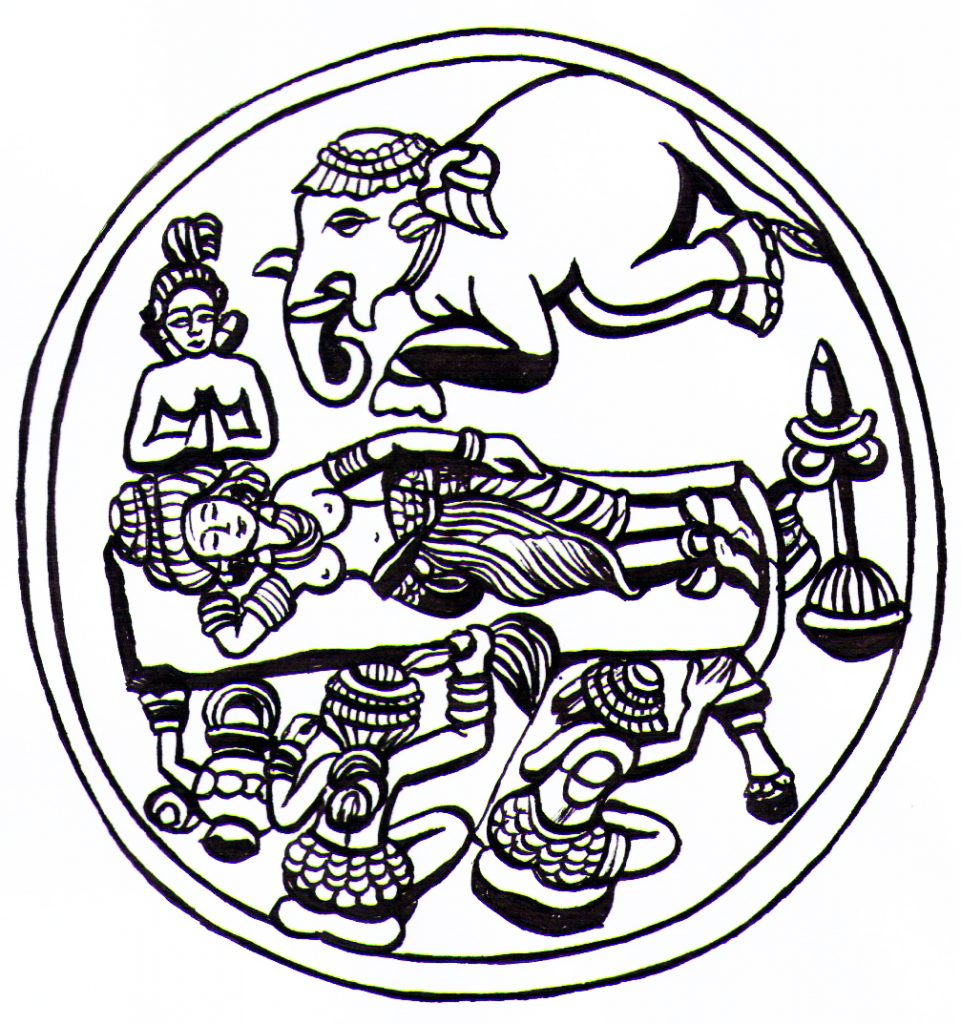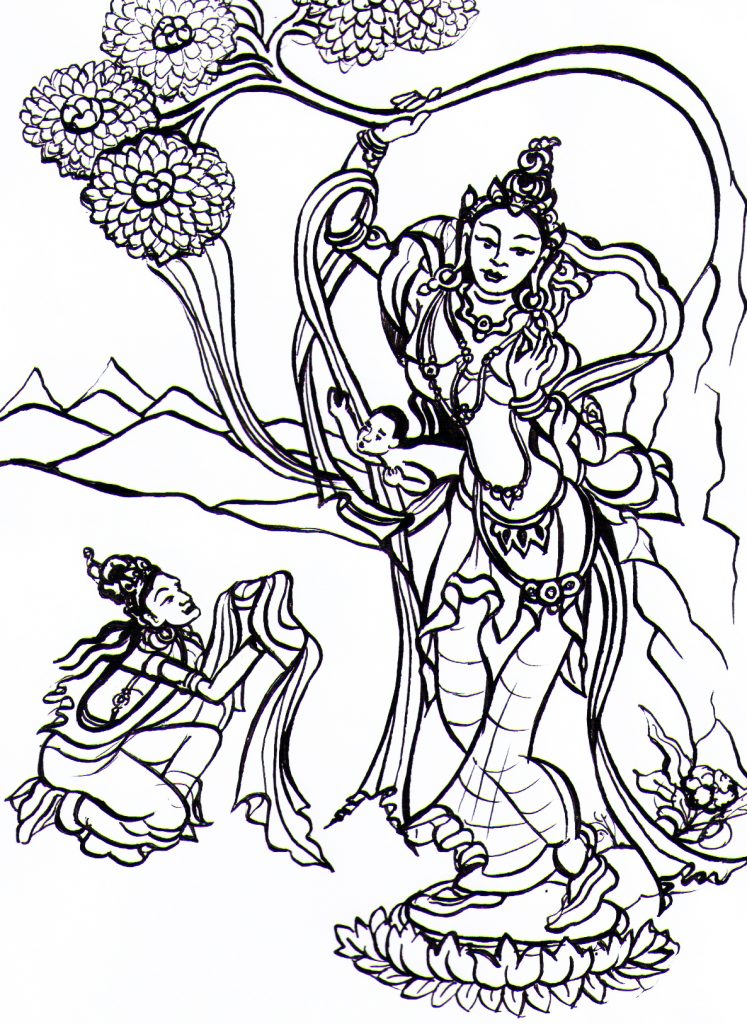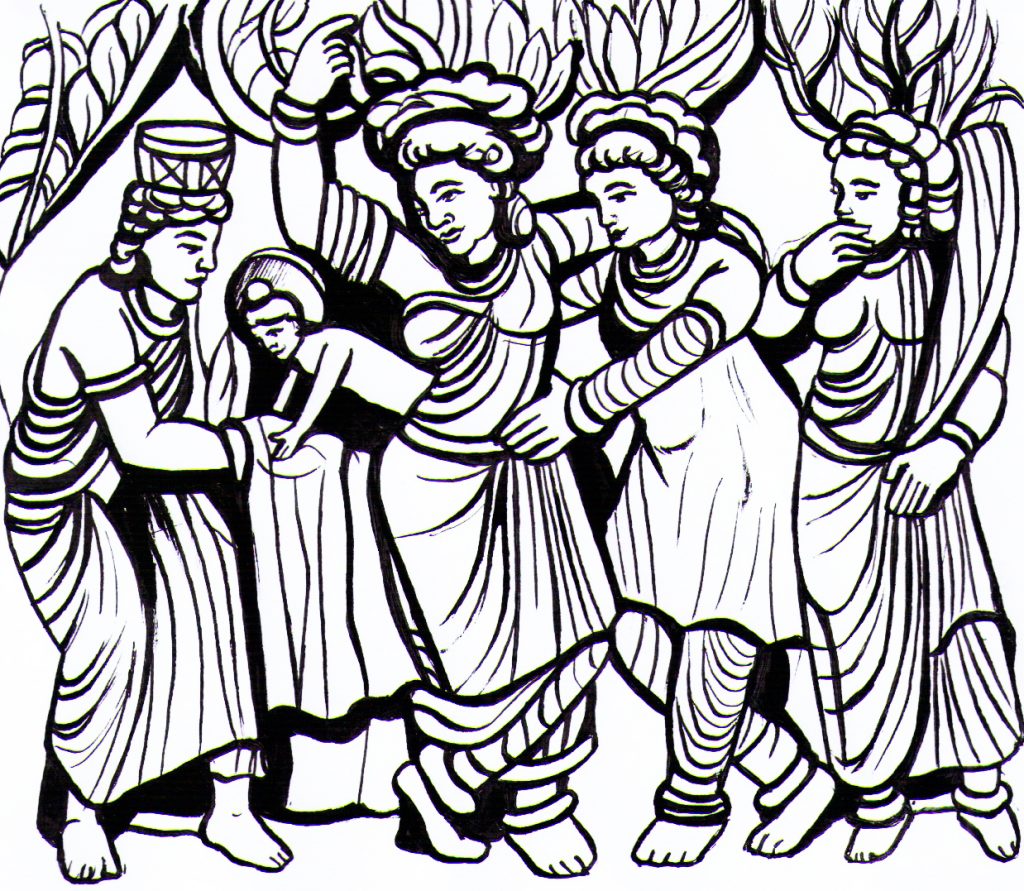Conceiving a child without a man’s involvement is, at its heart, a miraculous phenomenon because pregnancy cannot occur without sexual activity and the fertilization of the egg by the sperm. Among some animals and insects we can witness asexual reproduction in which embryos grow without fertilization, or parthenogenesis (from the Greek “virgin creation”). According to science, conception without pregnancy has never been known to occur in humans, excluding artificial insemination.
Ancient views and some religious point of views differed from our modern understanding of genetics and biology. The most famous example of conception without male involvement is the conception of the Virgin Mary, mother of Jesus. According to Roman Catholic doctrine, because of the fall of Adam and Eve, each of us is born into the world with Original Sin, although Mary was born free from any stain of Original Sin (otherwise known as immaculate conception, which is commonly mistaken by many to indicate Mary’s virginal conception of Jesus).

The Gospels of Matthew and Luke, unlike the earlier Gospel of Mark, mention Jesus as having been conceived in the womb of Mary through the Holy Spirit without the agency of a human father and born while she was still a virgin (Matthew 1:18-25 and Luke 1:26-38). Although this was believed within the Church for many centuries, it was formally declared by Pope Pius IX in 1854. At the same time according to Luke, Joseph is Jesus’ father (Luke 2:27, 33, 48; 4:22) and through Joseph’s lineage, Jesus is descended from King David (Luke 3:23–38).
The miraculous purity of Mary was confirmed by the archangel Gabriel, who announced to her that she was pregnant with Jesus. This is known as the Annunciation, and in medieval art, Mary is often seen clutching white lilies (lilium candidum), symbolizing her pure virginal body and soul.
The conception of Prince Siddhartha, who later became the historical Buddha, has a mother with a similar story of miraculous purity (according to that culture of the time). The name of his mother Maya, which means “illusion” in Sanskrit, implies the fundamental Buddhist belief that everything that we perceive is a magical illusion, including the birth and life.
While Queen Maya was not a virgin, she and King Suddhodhana did not have any progeny for twenty years. Once during full moon, the queen dreamt that she was carried away by four goddesses to the lake Anotatta in the Himalayas. They bathed her in the water and clad her in celestial garments, and perfumed and adorned her body with heavenly flowers. Then a white elephant with golden tusks appeared, holding a white lotus in his trunk, made three rounds around her and penetrated her womb through her right side. Through this heavenly act the prince Siddhartha entered the womb of Maya and she became pregnant. When the queen awakened, she shared her dream with king Suddhodhana and the royal clairvoyants, who declared that this was a sign of the conception and extraordinary abilities of the future prince. Most biographical accounts of the Buddha maintain that his conception was immaculate and did not include a sexual act.

Maya’s pregnancy lasted ten lunar months with no complications or pains of any kind. She even developed extraordinary healing powers during that time. According to Buddhist legends, Prince Siddhartha emerged from her right side, which symbolizes the pure and noble path, far from the “impure” path of the vaginal birth.
The belief of the extraordinary birth from the right side of her body serves the religious purpose of removing the “impure” connotation of a sexual union and the painful, messy process of childbirth. According to Buddhist teaching, the cause of birth is in direct relation with samsara, the world of desire and suffering, which need to be prevailed upon through walking on the spiritual path. In patriarchal expressions of Theravada and Mahayana Buddhism, the woman is a symbol of the sensuous and the spiritually compromised, who incessantly impedes the final goal of liberation. On the one hand, the mystery of the female body and sexuality are thought to be uncontrollable and destructive, while on the other hand, her maternal power is believed to be creative and compassionate. Hence, the mind-set of the adherents of these two Buddhist schools critiques sexuality and motherhood as being “impure” and “pure” respectively. This paradox was circumvented only through the wisdom of emptiness or shunyata, a doctrine that declares that all phenomena, including sexual union and childbirth, are inherently pure. Shunyata was particularly prominent in Mahayana and Vajrayana.
What is “pure” and “impure” in sexuality, conception, birth, and motherhood is matter of beliefs, concepts, and culture. The idea of extraordinary conception aims to demonstrate a literal, miraculous kind of purity and perfection, which is a real miracle. This miracle gives faith and hope. The white elephant, the radiant angel, the white lotus, and the white lilies are symbols of the appearing of extraordinary beings that bring auspiciousness and goodness to all.
Mary and Maya are revered as the divine personifications of maternal love and purity. They are symbols of the extraordinary power of a mother, without whom no being, holy or not, could appear in this world. Regardless of the “historical” truth behind the conceptions and births of Jesus and Buddha, one thing is for sure—the irruption of these great people into the world completely transformed it, forever.


